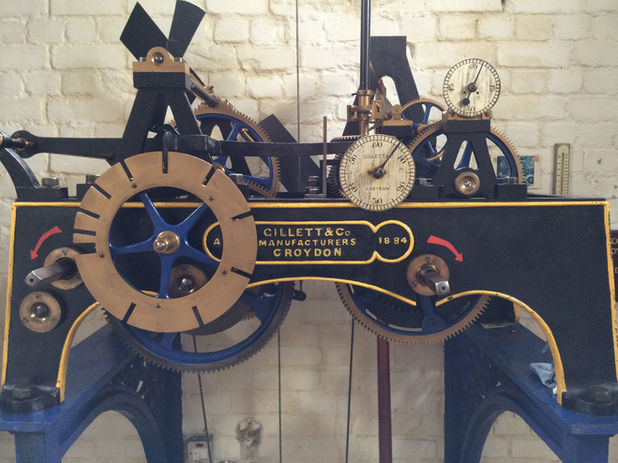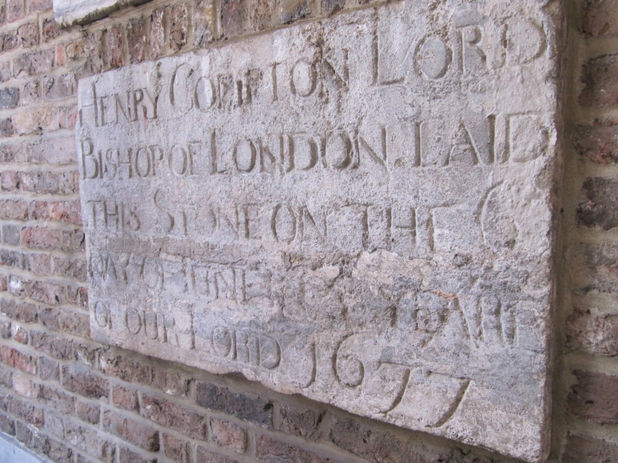
History
Consecrated in 1686 by Bishop Henry Compton (after whom Old Compton Street is named) the original church was designed by William Talman, who worked under Sir Christopher Wren.
This large church was of similar layout to nearby St Martin in the Fields with a gallery on three sides above the nave. The main entrance was via an archway (still visible) on Shaftesbury Avenue. St Anne’s became famous for its high musical standards, and the director of music here, Dr William Croft, wrote the tune ‘St Anne’ in 1708 (a tune still used for the hymn ‘O God Our Help in Ages Past).
The unusual tower, which is still visible, is a ‘new’ one, added in 1803 to replace the original one of 1711 which had become unsafe. The tower with its clock, which even today is still wound by hand, is with the historic ‘Allen room’ the only remaining part of the ‘old church’ which was bombed in the blitz of 1940.
After years as a bomb site and car park it was due to the tenacity of members of local community that, in 1991, the present building was created. By selling part of the site to build social housing and provide commercial properties, funds were raised to create the Community Hall and the simple but attractive Chapel which extends into the hall on Sundays. In December 2016 our redesigned entrance, featuring our name in neon lights, was dedicated by the Bishop of London to ensure the church remains a visible presence in the community it serves.
Even when there was no church building here, the church community remained active. The author Dorothy L. Sayers was Churchwarden here (whilst there was no church building!) and her ashes are buried in the base of the tower. She was a leading figure of the strong literary association that surrounded St Anne’s, The St Anne’s Society.
St Anne’s has a long history of being socially inclusive and engaged with its diverse and ever-changing community. One of the clergy here, Ken Leech, started the charity for young homeless people ‘Centrepoint’ out of this church, a project which continues today.
It was three members of the church vestry (council) who set up the first Parish School in 1699. Soho Parish School continues to flourish with strong support from the clergy of St Anne’s and St James’s Piccadilly.
The Churchyard, St Anne’s Gardens, was leased to the City Council in 1894, having been closed to burials forty years earlier. This closure was largely as a result of one Sexton illegally dumping the bodies in the ground having sold their coffins for firewood, and because the churchyards of London were full. It is believed that in addition to the essayist William Hazlitt up to 60,000 bodies remain buried there. This explains why the ground is so high above the entrance on Wardour Street….something people who lie there eating their sandwiches on sunny summer lunchtime are probably quite unaware of!
The full history of St Anne’s is available in a small book by Anthony Hurst “Soho and St Anne’s Church” available HERE.



















